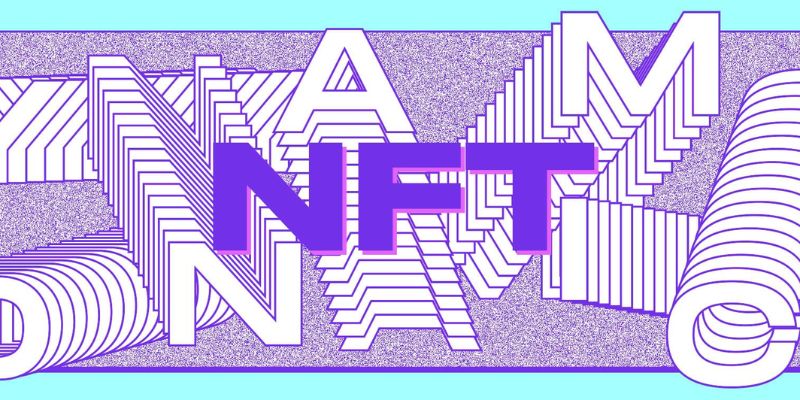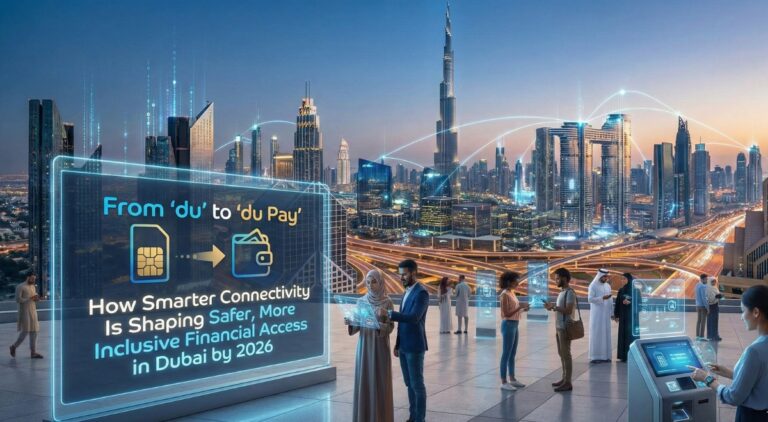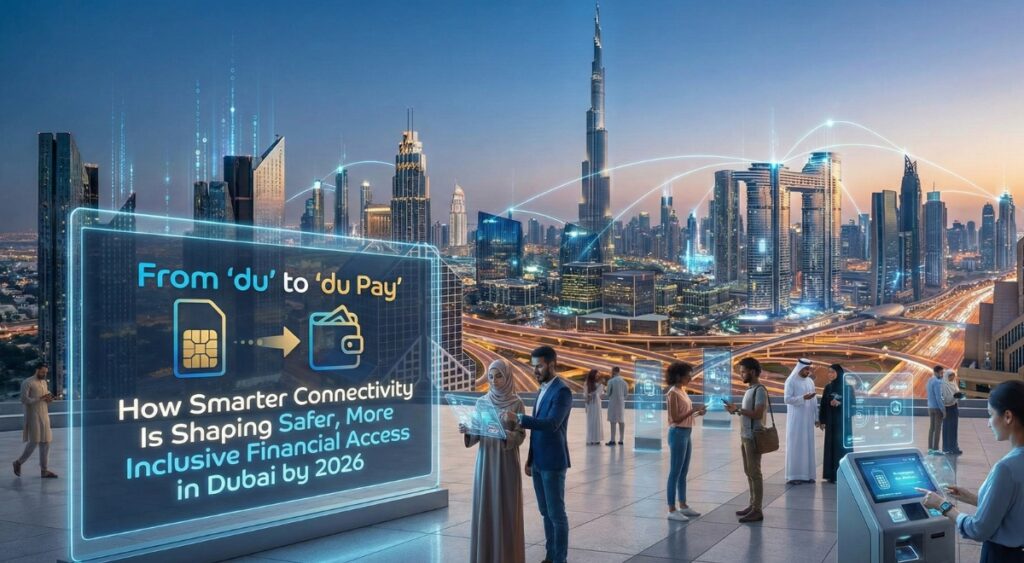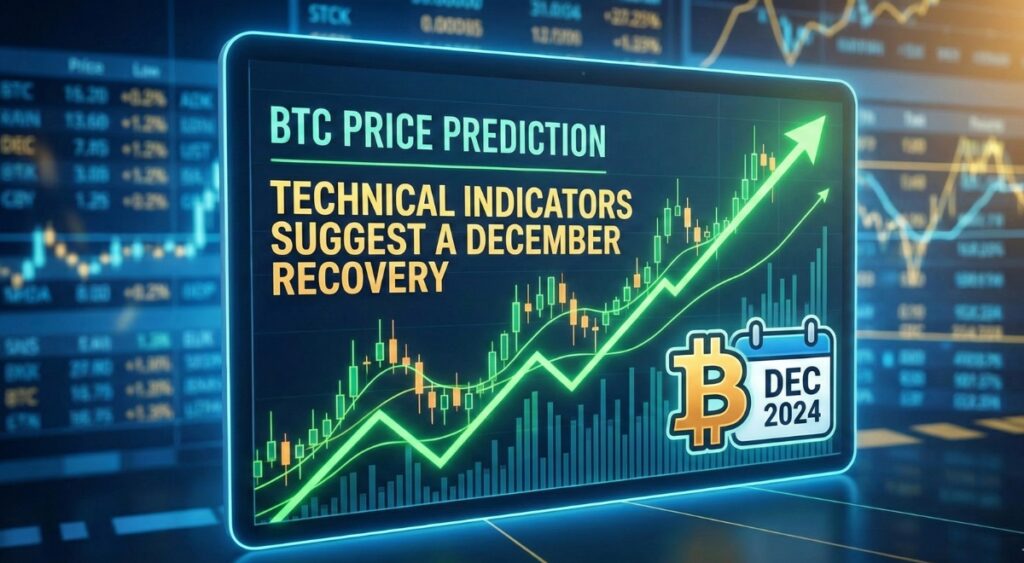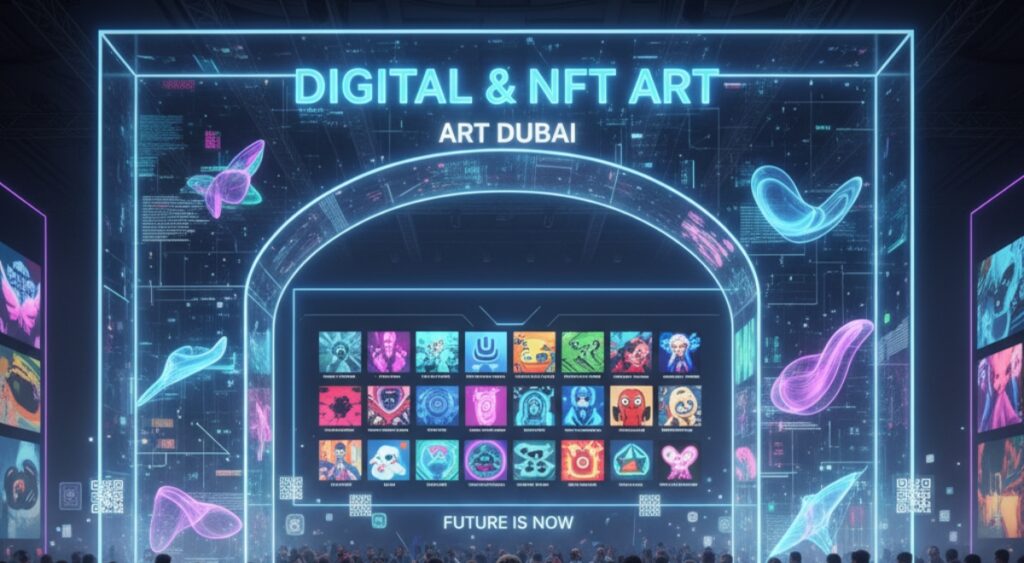NFTs have enjoyed significant popularity in recent years. Last year, the global NFT market was valued at over $15 billion. This number clearly shows the widespread popularity of NFT investment. However, another innovation is currently attracting the attention of market players. This innovation is called Dynamic NFT (dNFT).
This article will discuss what dNFTs are and why every market player seems to be interested in them. The article also discusses the use cases of dynamic NFTs. However, before getting to dynamic NFTs, it will be helpful to discuss what NFTs are.
What are NFTs?
Non-fungible Tokens (NFTs) are digital assets that represent real-world objects like music or artwork. These assets are hosted on a blockchain network. However, unlike digital assets like cryptocurrency, NFTs cannot be exchanged. This feature is because each NFT has metadata that makes it unique. However, these are the regular NFTs that we have come to know. They are called static NFTs because creators cannot change their metadata. Dynamic NFTs are an upgraded version of these “regular NFTs.”
What are Dynamic NFTs?
Dynamic NFTs are also called living NFTs. They are NFTs that shift or change based on certain factors. These factors can range from external events to interactions with other NFTs. However, these NFTs mainly change due to smart contracts that are written into their metadata. In this case, an event (called a trigger) will cause the NFT to change.
A significant example of Dynamic NFTs is Beeple’s Crossroad. This NFT was programmed to change to a new image if Donald Trump were to lose the US elections in 2020. The change was made possible by a smart contract that retrieved external data to determine election results. Since results showed that Trump lost, the NFT’s image changed. These NFTs have become popular because they are innovative. They are significantly different and more exciting than the conventional NFTs.
Use Cases of Dynamic NFTs
- Sports: More sporting associations are adopting dynamic NFTs. The NBA recently joined the bandwagon with the release of a dynamic NFT collection called The Association. The collection includes every player from all teams. The NFTs are programmed to change based on the player’s performance in the league.
- Passports and Identity Management: Governments can use dynamic NFTs to update citizens’ passports. Instead of getting physical stamps on passports, the NFTs can be programmed to reflect details immediately after passport holders make trips.
- Collectibles: Dynamic NFTs are suitable to be used as collectibles. A significant example of dynamic NFT collectibles is the Living NFTs project recently released by Pearpop. The platform allows users to mint their social media posts as NFTs. Afterward, these NFTs will rise in rank if the post attracts engagement.
Conclusion
We live in an era where technological creations are commonplace. It happened with NFTs. Now, dynamic NFTs have taken the central stage. The additional use cases through which dynamic NFTs will be applied remain to be seen.

